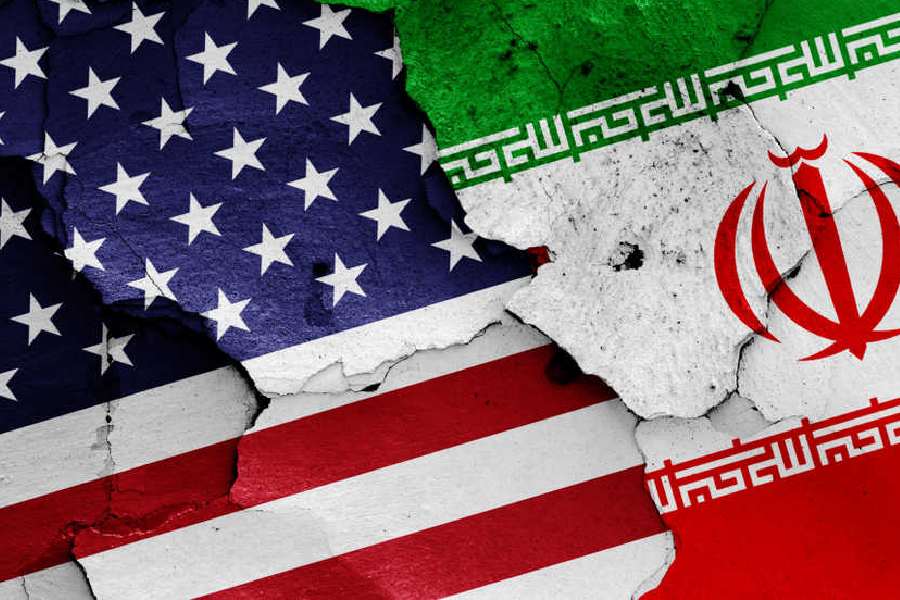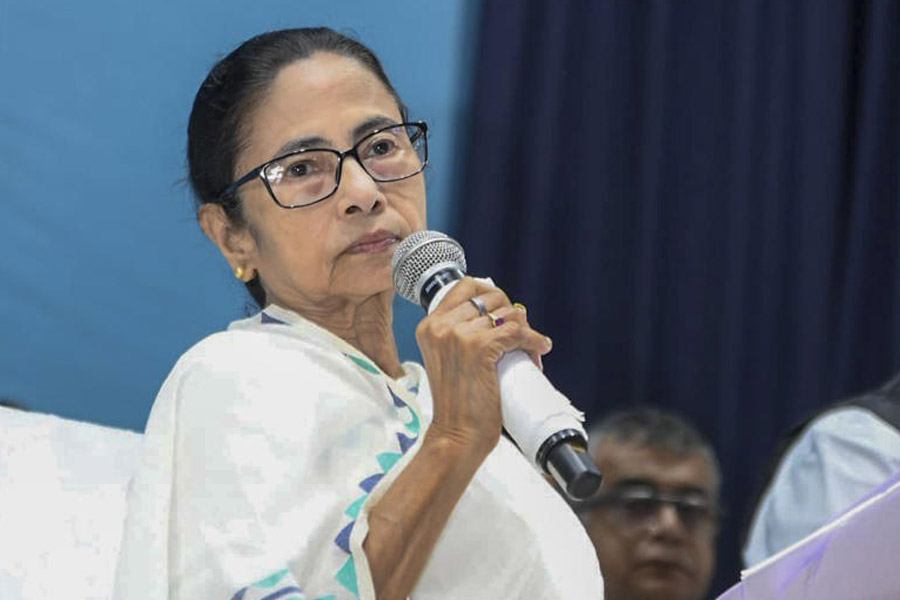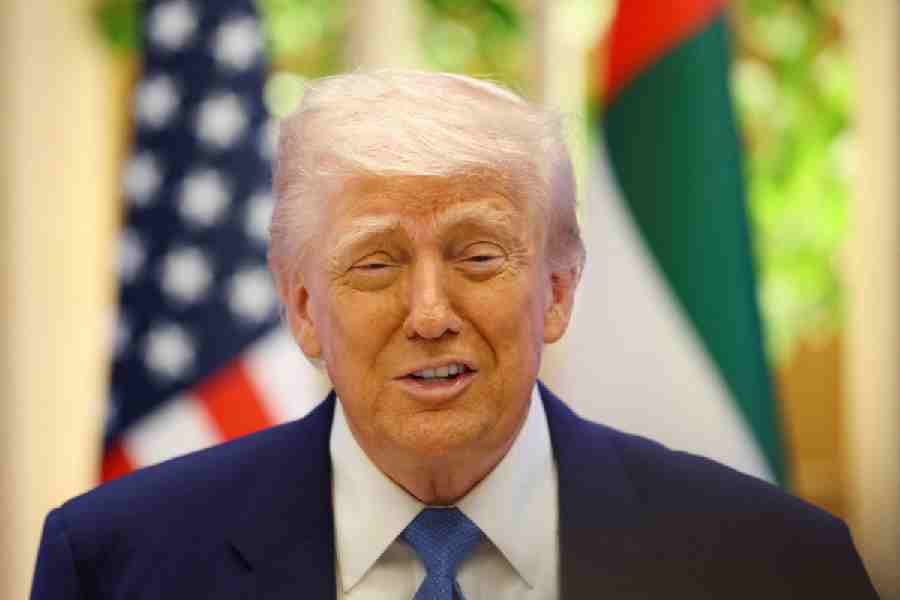The Reserve Bank of India in its latest monetary policy announcement has increased the policy repo rate by 25 basis points. This rate now stands at 6.5 per cent and the reverse repo rate at 6.25 per cent. The RBI has reiterated its primary objective of containing inflation within the stated band of 2 per cent to 6 per cent, while supporting macroeconomic growth. More precisely, the RBI would try to keep inflation at 4 per cent. However, the current consumer price index inflation has been hovering at 5 per cent. According to the RBI, consumers have expectations of further inflation in the near future. The 5 per cent inflation has been driven mainly by food and fuel costs over which the government does not have much control. The latest measure will push lending rates of banks a little higher, thereby increasing the cost of borrowing. This may have the effect of slowing down fresh investments in the economy.
There is a related problem as far as investments are concerned. The Indian rupee has been weakening against major currencies, particularly against the American dollar. The RBI is not bound to support the rupee and left on its own, the exchange rate could well cross Rs 70 for one dollar. That might signal a weakening of the economy and have adverse consequences for foreign investments, both direct and portfolio. On the other hand, if the RBI intervenes to support the rupee in the foreign exchange market, it would have to buy rupees for dollars. This, in turn, would reduce the liquidity in the financial system, making it difficult for banks to lend and finance their routine lending to business. This is a dilemma that the RBI faces - liquidity deficit or a perception of weakness, along with a higher cost of funds. There appears to be the old trade-off between stimulating growth and employment, and containing inflation at some target rate. With elections looming large, the political business cycle will be an important consideration for policymakers. Is inflation the greater political problem or unemployment and sluggish growth? The approaching festive season and the kharif harvest will determine the net effect on inflation. Unemployment, however, will be determined by investment opportunities and perceptions about the intrinsic strength of the economy.










